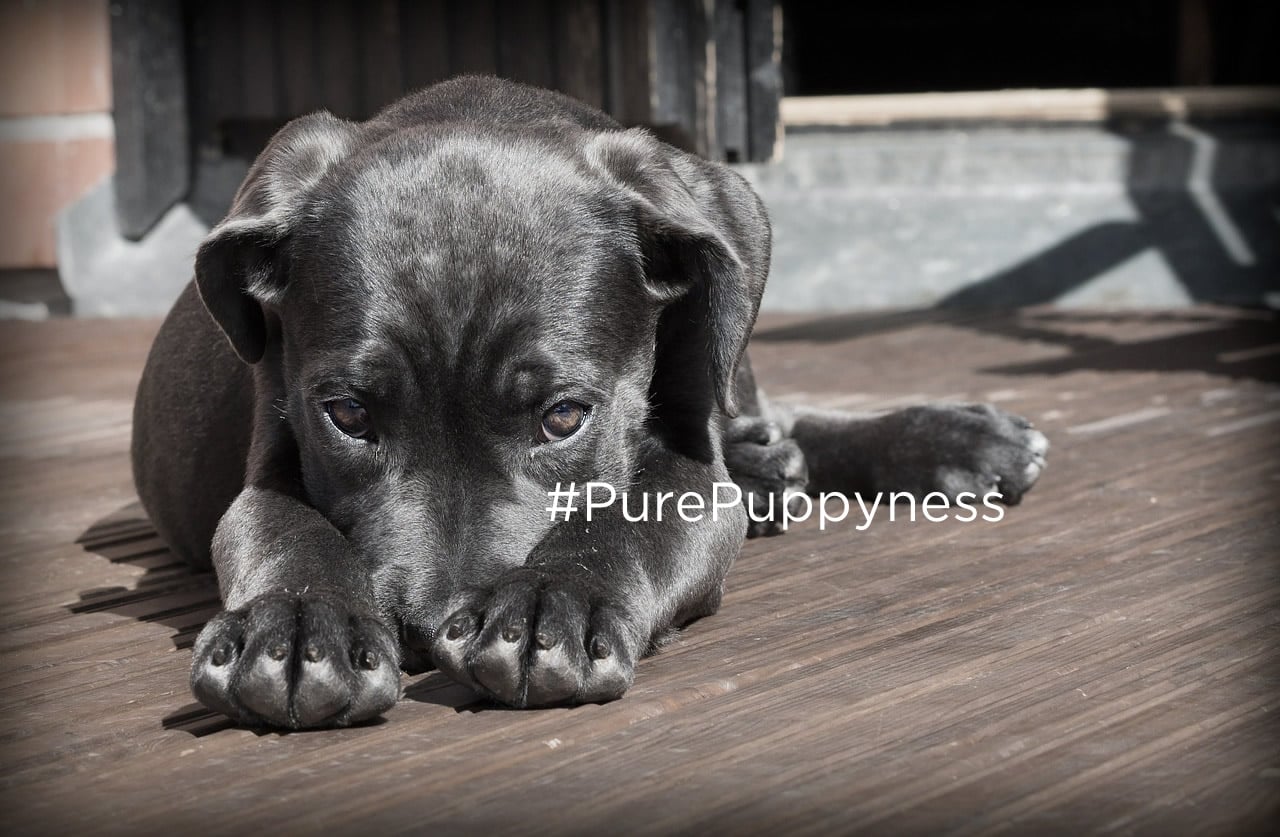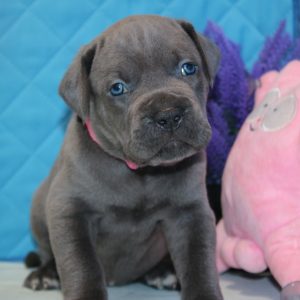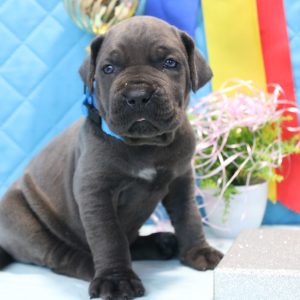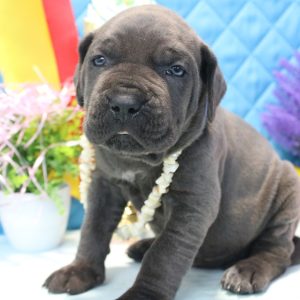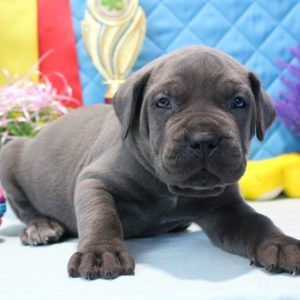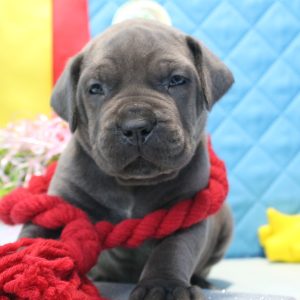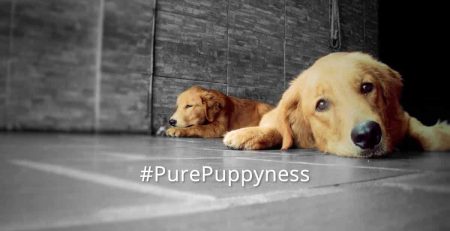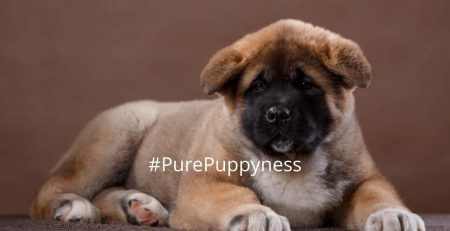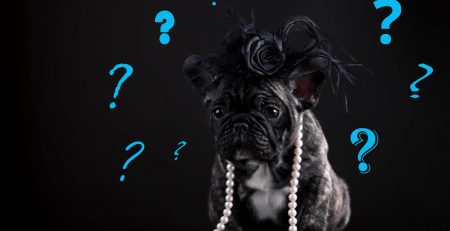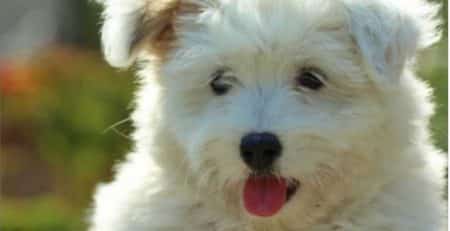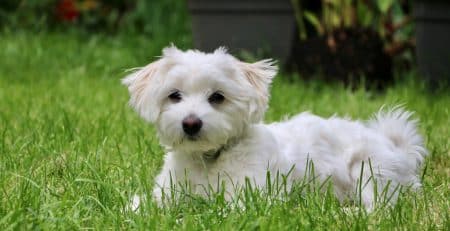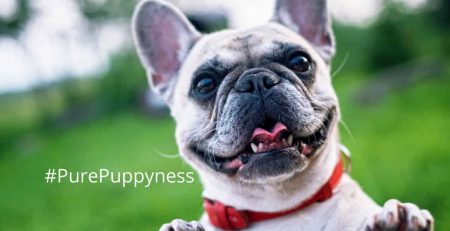History of the Cane Corso
From a war dog of Rome to a prized farm dog, and finally to a beloved companion animal; the Cane Corso has played many roles throughout the breed’s history. This robust, loyal dog has been prized for its intelligence, loyalty, and hardiness: no wonder they remain so popular today.
Farm dog
Sometimes called the Italian Mastiff, this old Italian breed was bred in Southern Italy for double duty as a guard dog and for hunting wild boar and other game. They were also used to help with farm chores, such as driving livestock to market and rounding up animals. The Cane Corso also made an excellent watchdog, and was a favourite with drovers, carters, and night watchmen.
The Cane Corso is descended from Roman war dogs: canis pugnax. The word “corso” either comes from the Latin word “corsus”, meaning robust, or “cohors”, meaning bodyguard.
Decline and revival
When farming became more mechanised in the 20th century, the Cane Corso was threatened with extinction. Fortunately in the 1970s, breed societies stepped in to lend a hand. In 1983, the Society Amatori Cane Corso was founded. In the 1980s, Micheal Sottile imported the first litter of Corsos to the USA. In 1994, the Italian Kennel Club (ENCI) accepted the Cane Corso as an Italian breed. In 1996, the Federation Cynologique Internationale (FCI) recognised the breed. The American Kennel Club recognised the breed in 2010. The breed is particularly popular in the USA, where they are the 50th most popular dog breed (as of 2013).
Appearance
The Cane Corso is elegant yet muscular, with a powerful look, built for strength and athleticism. They have striking features, with a noble face that is slightly wrinkled. Their fur is short, stiff, and very dense. Common coat colours are fawn and black, though they often have small white markings. Other colours include brindle, blue, and various shades of grey. Black or grey mask markings are very common on fawn and reddish dogs.
Temperament
The Cane Corso is a quiet dog with an intelligent mind and a loyal character. This is a dog that will not hesitate to defend itself or its family. This makes sense, as the Cane Corso was bred to be a guard dog. Although the Cane Corso was not bred for fighting, their size and tenacity means that they need good training and socialisation from an early age.
Their intelligence and strength of character means that Corsos will try and push their owners’ boundaries. They need a firm but gentle hand to bring out their best qualities: loyalty and intelligence.
Health
The Cane Corso is quite hardy and healthy, but is prone to a few health conditions. Like many large dogs, they often suffer from hip dysplasia. They sometimes have eyelid abnormalities such as entropion, ectropion, and cherry eye. The Cane Corso can suffer from gastric torsion (bloat), and is also prone to flatulence.

